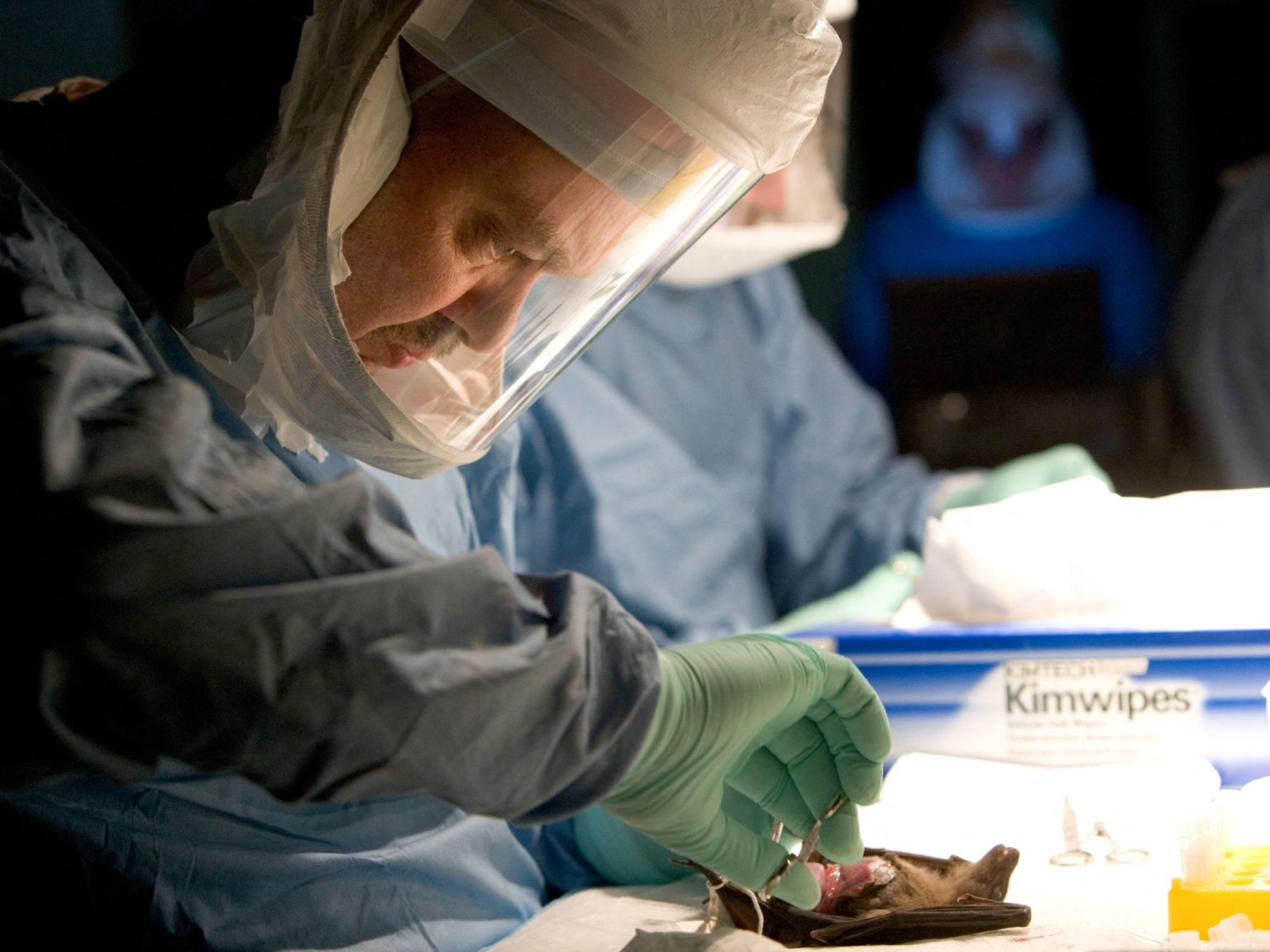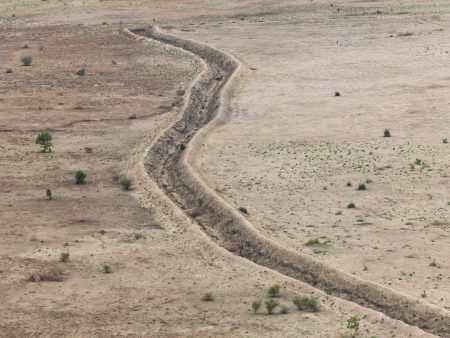Rwanda is currently battling its first outbreak of the highly virulent Marburg virus, with 11 reported deaths as of late September. The health minister has announced plans to conduct clinical trials of experimental vaccines and treatments in response to the outbreak. Marburg is a filovirus, related to Ebola, that causes a severe hemorrhagic fever and has a high case fatality rate ranging from 24 to 88 percent. Symptoms typically appear between two and 21 days after exposure and can include bleeding from multiple areas, leading to death in severe cases within eight or nine days.
The symptoms of Marburg virus include fever, headache, muscle and joint pain, fatigue, appetite loss, bleeding, and gastrointestinal symptoms. The virus is believed to spread through contact with bodily fluids from infected individuals or contaminated surfaces, but not through the air. Currently, Rwanda has reported 36 confirmed cases with 25 individuals in isolation, and healthcare workers make up a significant percentage of those affected. Efforts are being made to monitor and treat those who may have been exposed to the virus.
Although the Marburg virus outbreak has only been reported in Rwanda so far, small outbreaks have occurred in recent years in Guinea, Ghana, Tanzania, and Equatorial Guinea, but were contained quickly. The risk of this outbreak is considered very high at the national level, high at the regional level, and low at the global level by the WHO. Currently, there are no approved vaccines or treatments for the virus, but efforts are underway to develop and test potential vaccines.
Preventing the spread of the Marburg virus involves practicing good hygiene, limiting exposure to sick individuals, wearing masks, and avoiding sharing food with potentially infected people. Early diagnosis and prompt treatment of symptoms are crucial, as well as reporting any symptoms to healthcare providers. The increase in outbreaks of the Marburg virus in recent years can be attributed to factors such as closer contact between wildlife and humans, the rise of chronic and immunocompromising conditions, and limited healthcare infrastructure in affected areas. Collaboration and funding for preventative surveillance and intervention programs are essential to combatting future outbreaks and saving lives.













